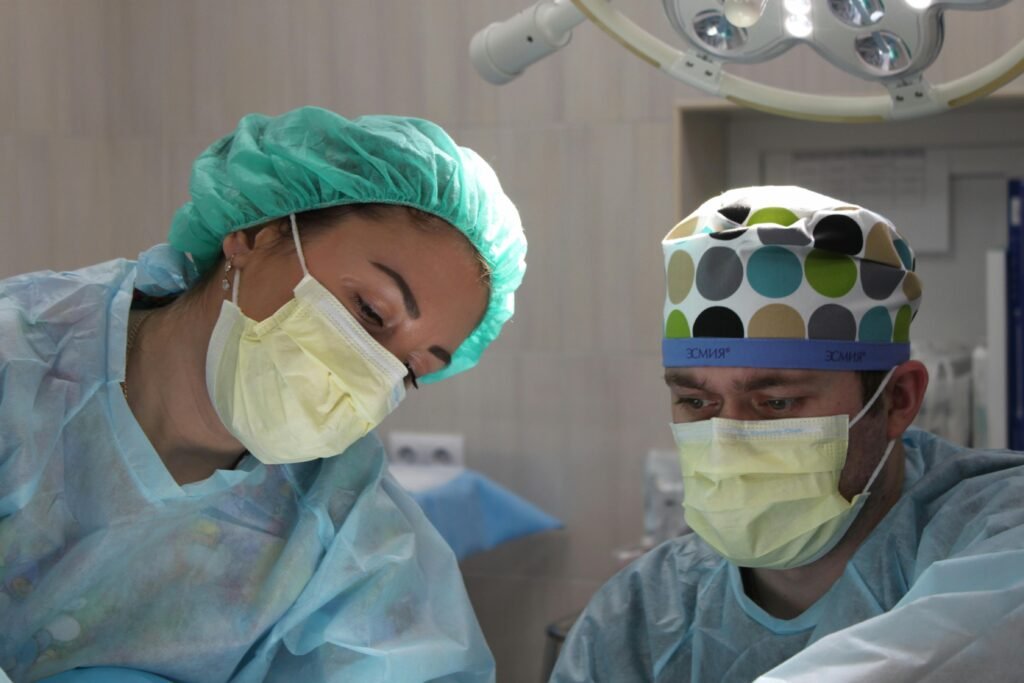

Understanding the vocabulary for ailments, symptoms, and injuries is essential for describing health problems, talking to doctors, or simply understanding how people feel. This guide provides a comprehensive list of terms related to health issues.
Common Ailments (Illnesses)
- Cold – A mild viral infection causing sneezing, a runny nose, and sore throat.
- Flu (Influenza) – A viral infection with fever, chills, and body aches.
- Fever – A high body temperature.
- Cough – A sudden release of air from the lungs.
- Allergy – A reaction to substances like pollen or food.
- Asthma – Difficulty breathing due to inflamed airways.
- Diabetes – A condition where the body cannot control blood sugar levels.
- High Blood Pressure (Hypertension) – Elevated pressure in the arteries.
- Headache – Pain in the head or forehead.
- Stomachache – Pain in the abdomen or stomach.
- Toothache – Pain in a tooth or gums.
- Earache – Pain inside the ear.
- Sore Throat – Pain or irritation in the throat.
- Chickenpox – A viral infection with itchy spots or blisters.
- Migraine – Severe headaches often accompanied by nausea or sensitivity to light.
Symptoms (Signs of Illness)
- Runny Nose – Excess mucus from the nose.
- Congestion – A stuffed or blocked nose.
- Nausea – Feeling like vomiting.
- Vomiting – Throwing up food or liquid.
- Dizziness – Feeling lightheaded or unsteady.
- Fatigue – Extreme tiredness.
- Sweating – Excess moisture on the skin.
- Chills – Feeling cold without reason, often with shivering.
- Rash – Red, itchy spots on the skin.
- Itching – Uncomfortable skin irritation.
- Cramps – Sudden, sharp muscle pain.
- Shortness of Breath – Difficulty breathing.
- Swelling – An increase in size or puffiness in an area.
- Loss of Appetite – Not feeling hungry.
- Blurred Vision – Seeing unclear or distorted images.
Injuries
- Cut – A break in the skin caused by something sharp.
- Bruise – A blue or purple mark on the skin from impact.
- Sprain – Injury to a ligament, often in the ankle or wrist.
- Strain – Injury to a muscle or tendon.
- Burn – Damage caused by heat or fire.
- Fracture – A broken bone.
- Dislocation – A bone forced out of its normal position.
- Scratch – A light cut on the surface of the skin.
- Blister – A bubble on the skin filled with fluid, often from friction.
- Splinter – A small piece of wood or metal stuck in the skin.
- Concussion – A brain injury from a blow to the head.
- Nosebleed – Bleeding from the nose.
- Bite – A wound caused by an animal or insect.
- Sting – A painful wound caused by an insect like a bee or wasp.
- Sunburn – Skin damage caused by too much sun exposure.
Medical Vocabulary
- Prescription – A note from a doctor for medication.
- Diagnosis – Identifying a disease or problem.
- Treatment – Steps to cure or manage an illness.
- First Aid – Immediate care for injuries or emergencies.
- Injection/Shot – Medicine delivered through a needle.
- Bandage – Material used to cover a wound.
- Antibiotics – Medicine to fight infections.
- Painkillers – Medicine to reduce pain.
- Thermometer – Tool to measure body temperature.
- X-ray – A picture of bones or internal organs.
🗣️ Common Phrases to Describe Health Issues
- “I feel dizzy.”
- “I have a headache.”
- “My stomach hurts.”
- “I think I have a fever.”
- “My ankle is swollen.”
- “I can’t stop coughing.”
- “I have a rash on my arm.”
✨ Practice Questions
- What would you do if you got a blister while walking?
- Name three symptoms of a cold.
- What’s the difference between a sprain and a fracture?
- What do you call medicine given by injection?
📌 Explore more health-related vocabulary and improve your English at www.commandsglobal.com.
Learn how to describe ailments, injuries, and symptoms with confidence in English! 🩺✨

